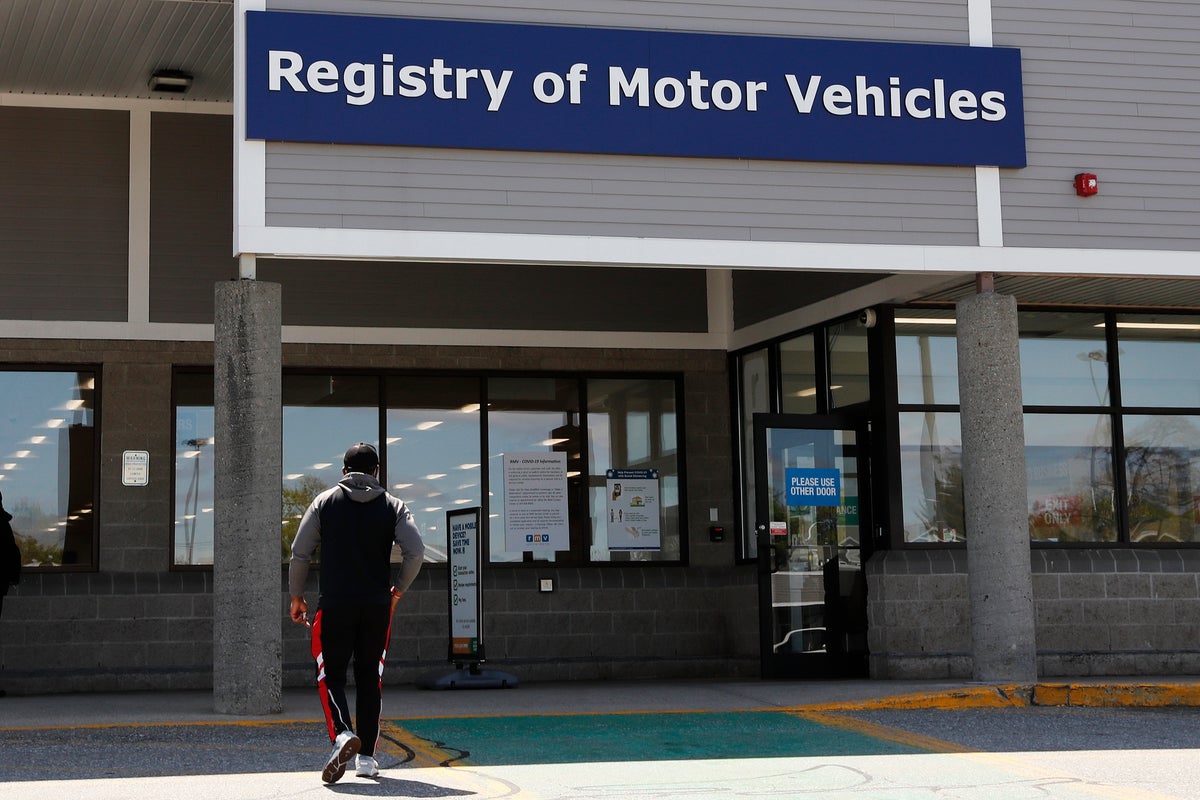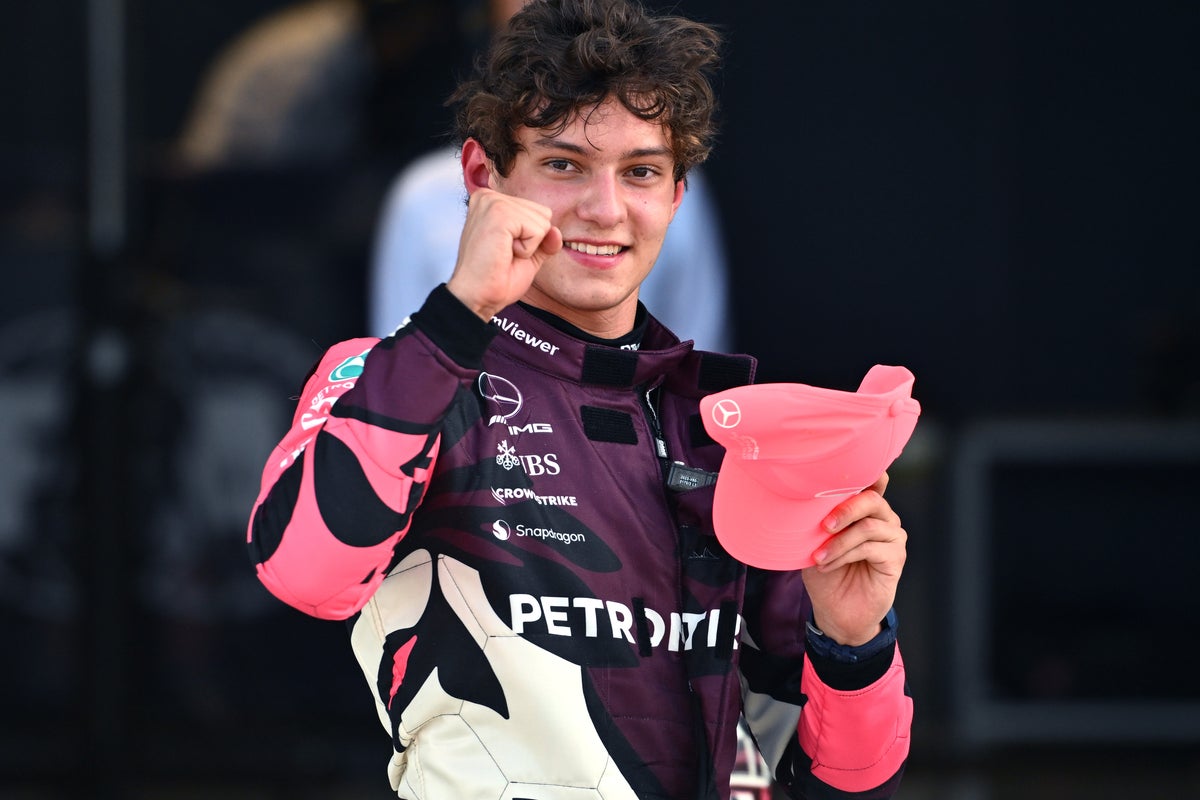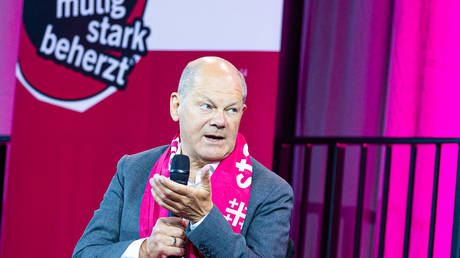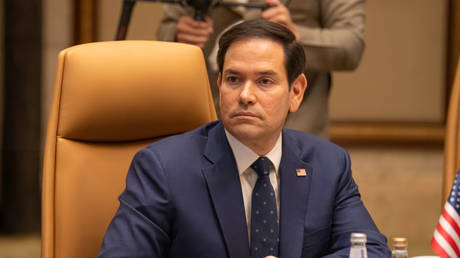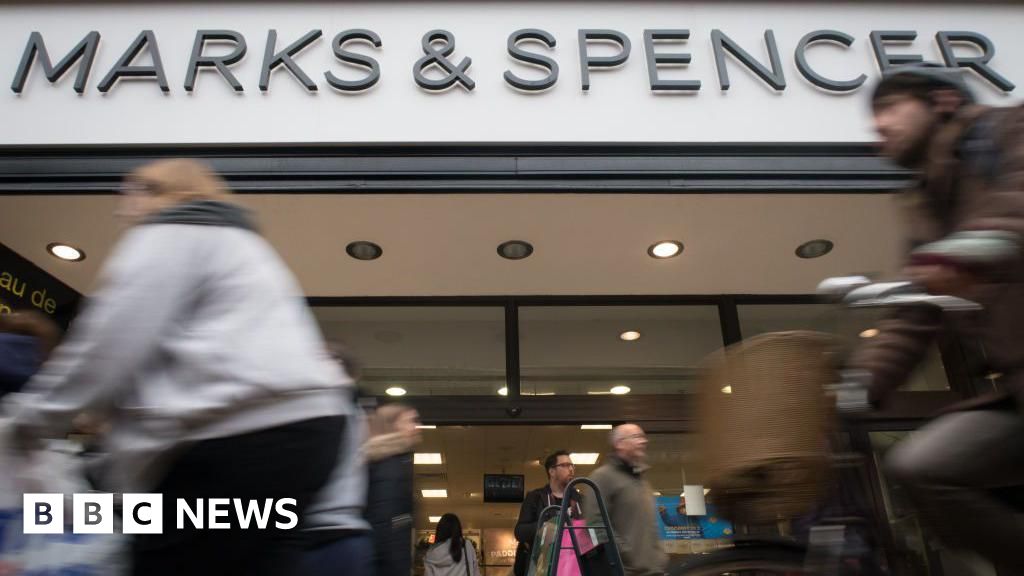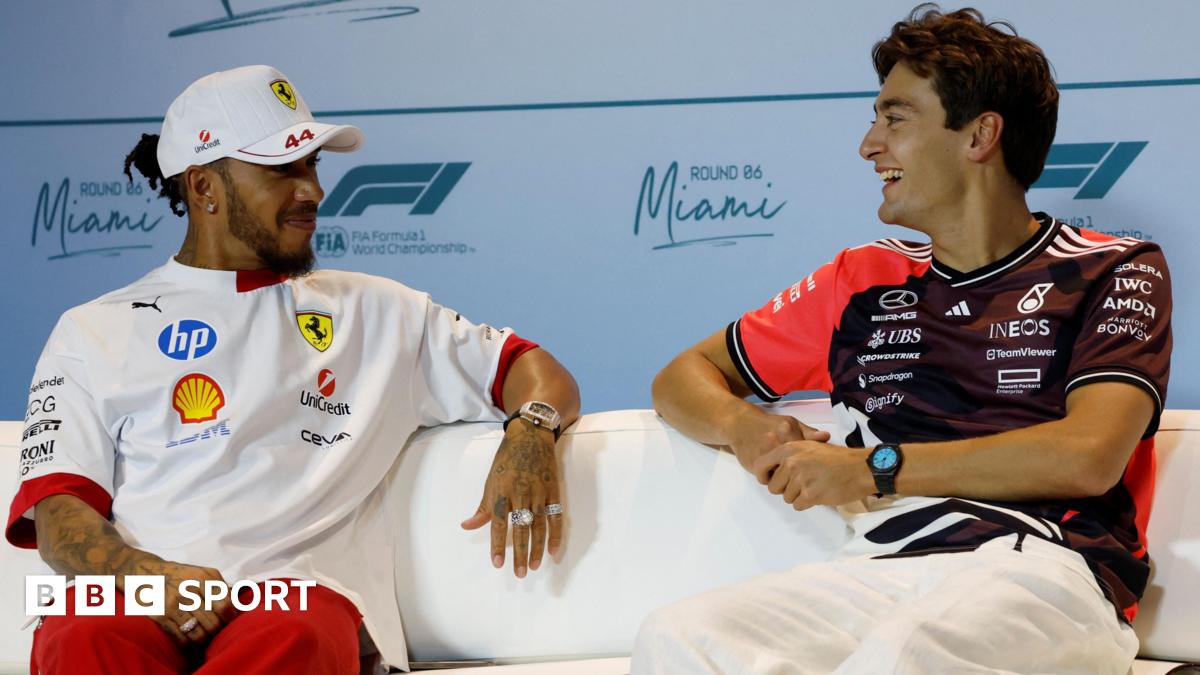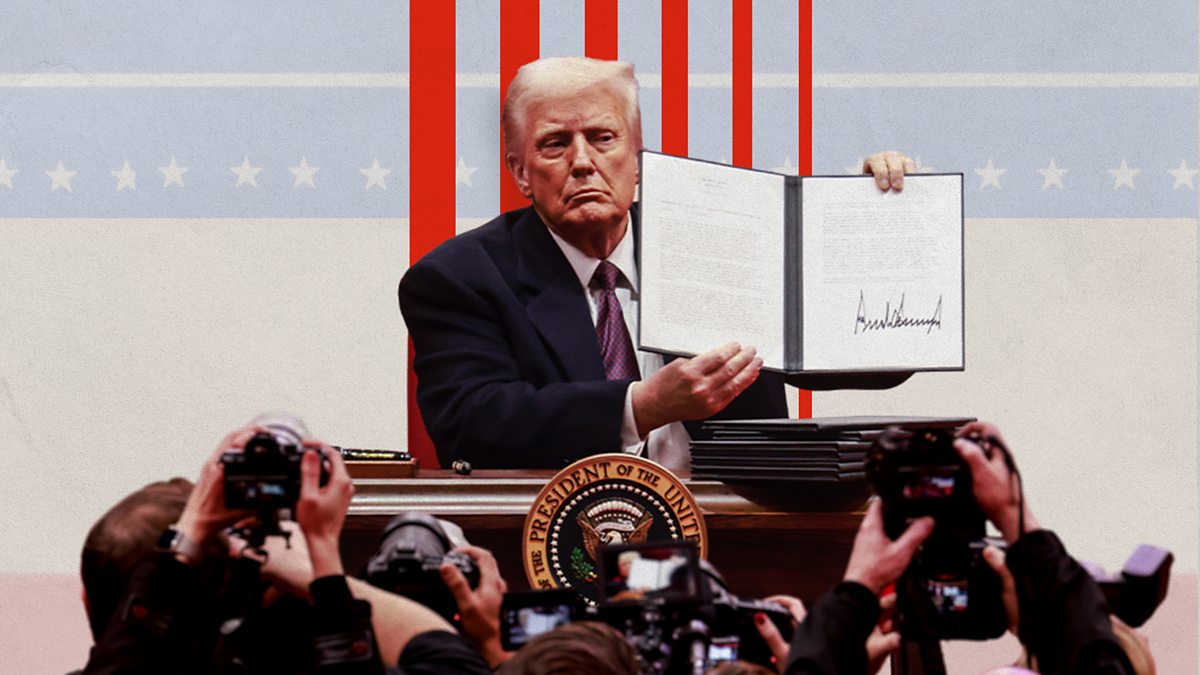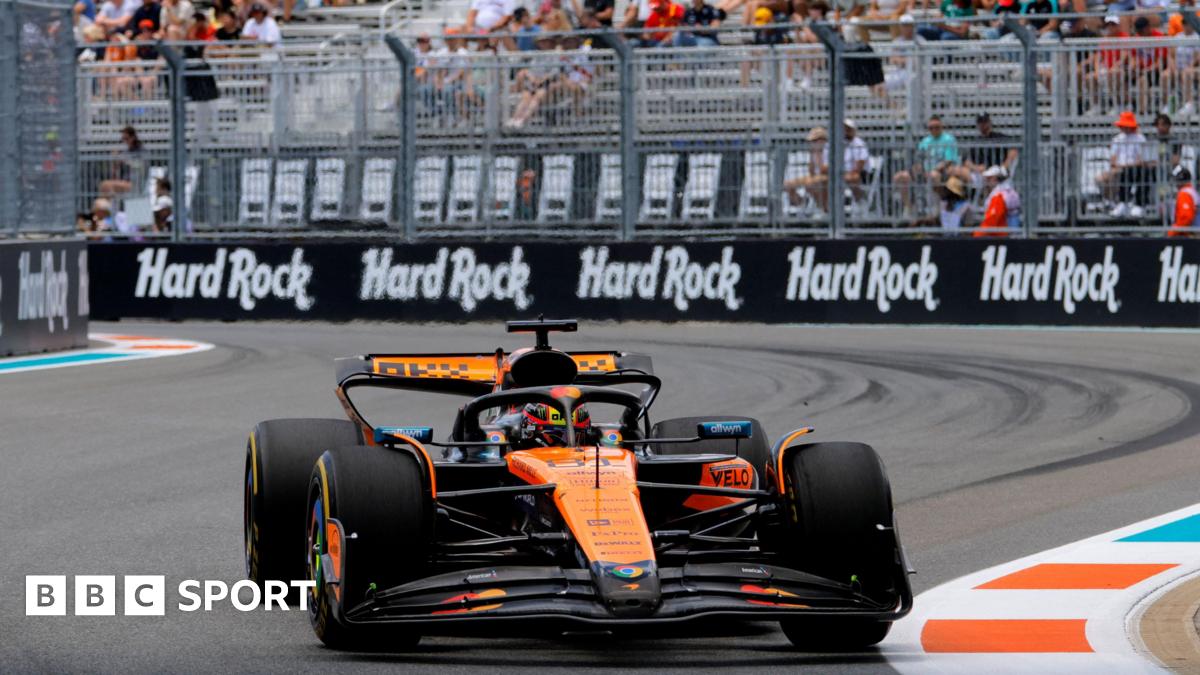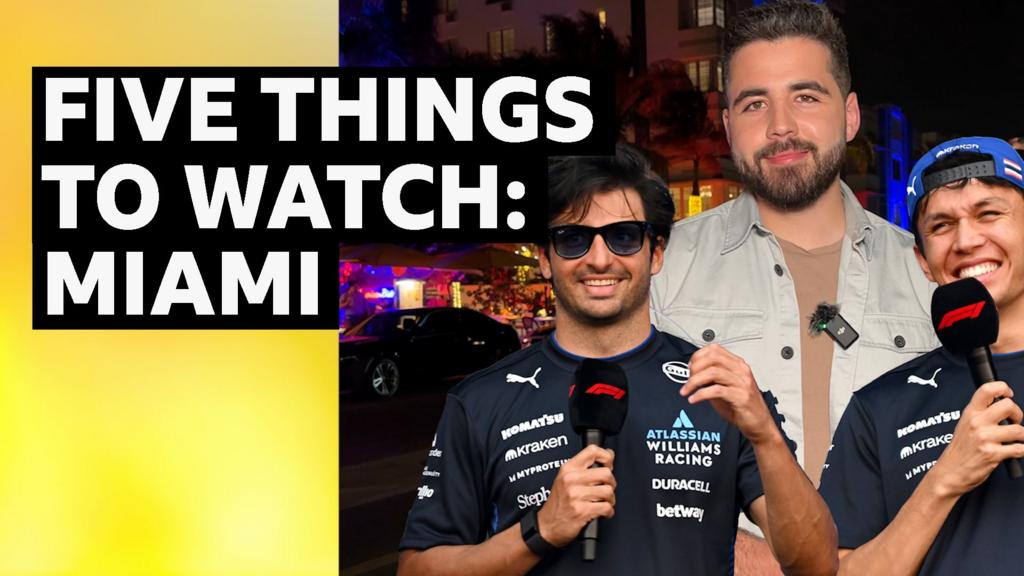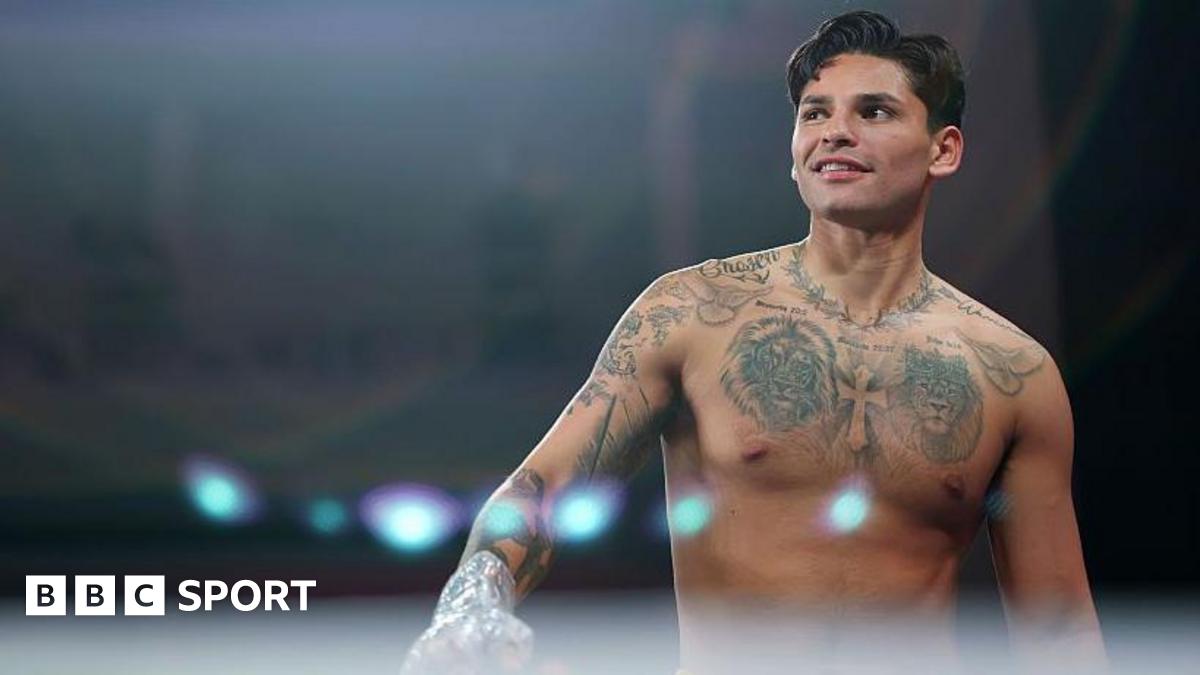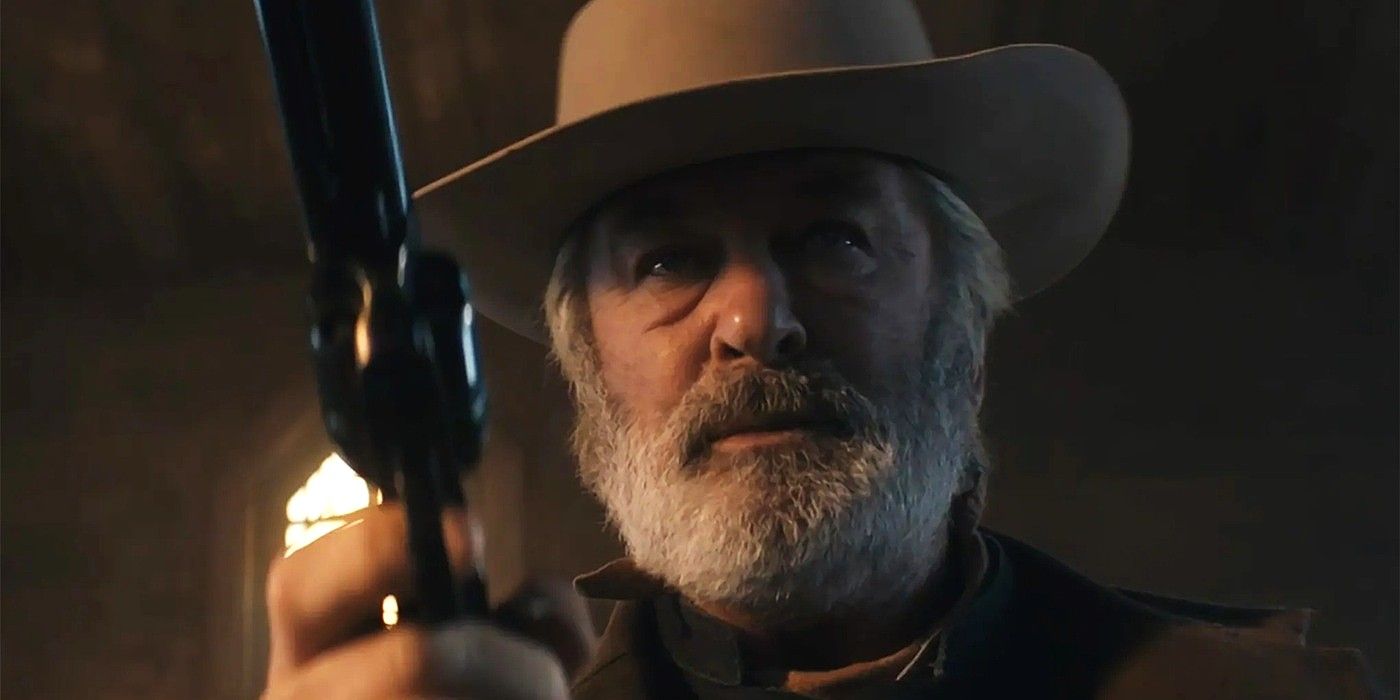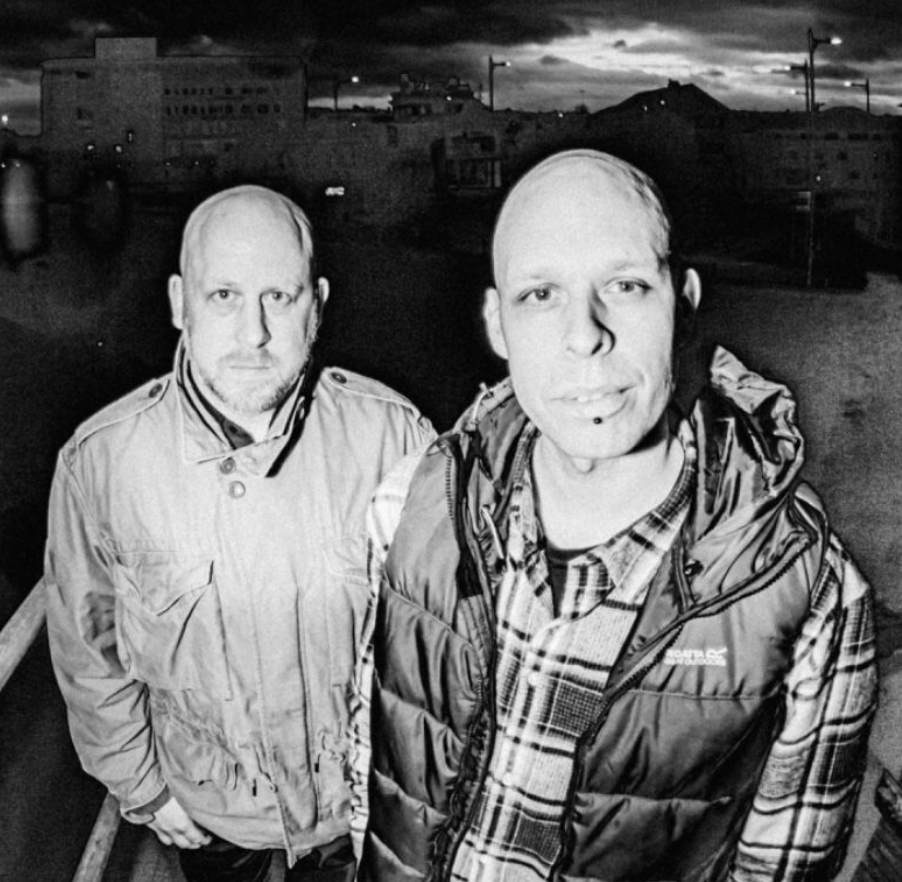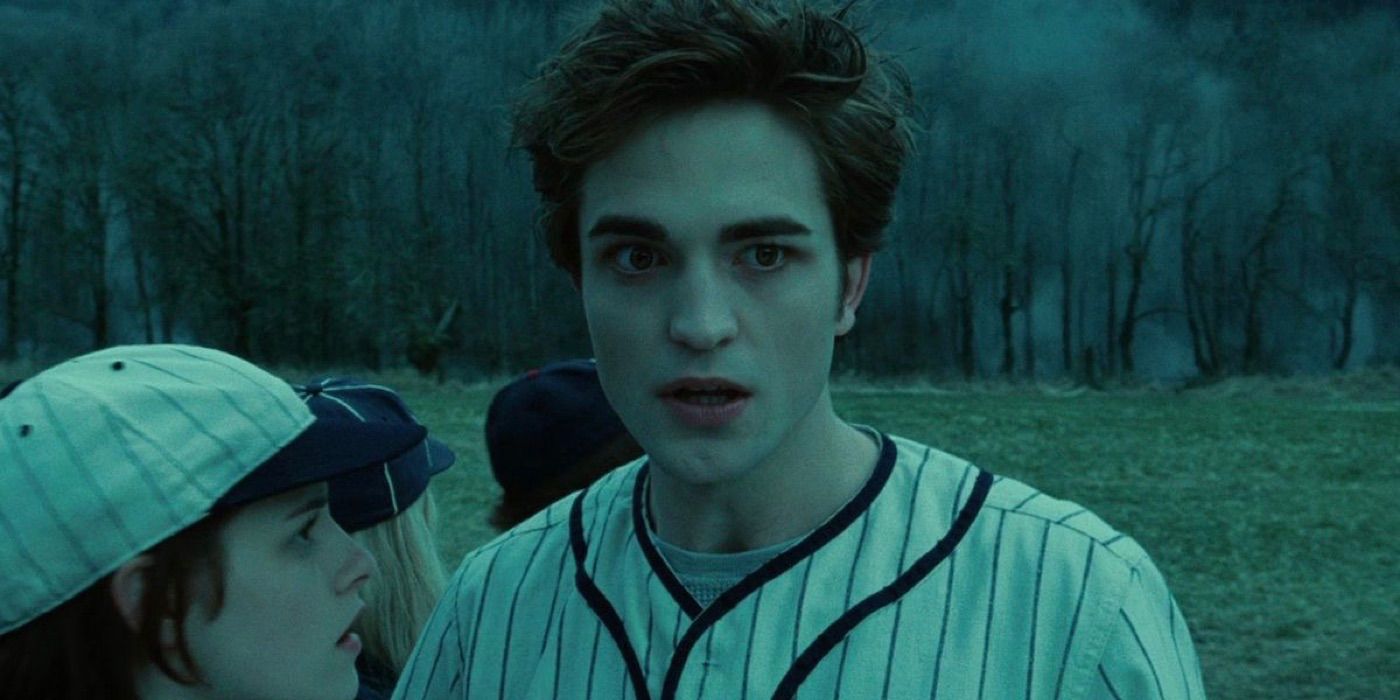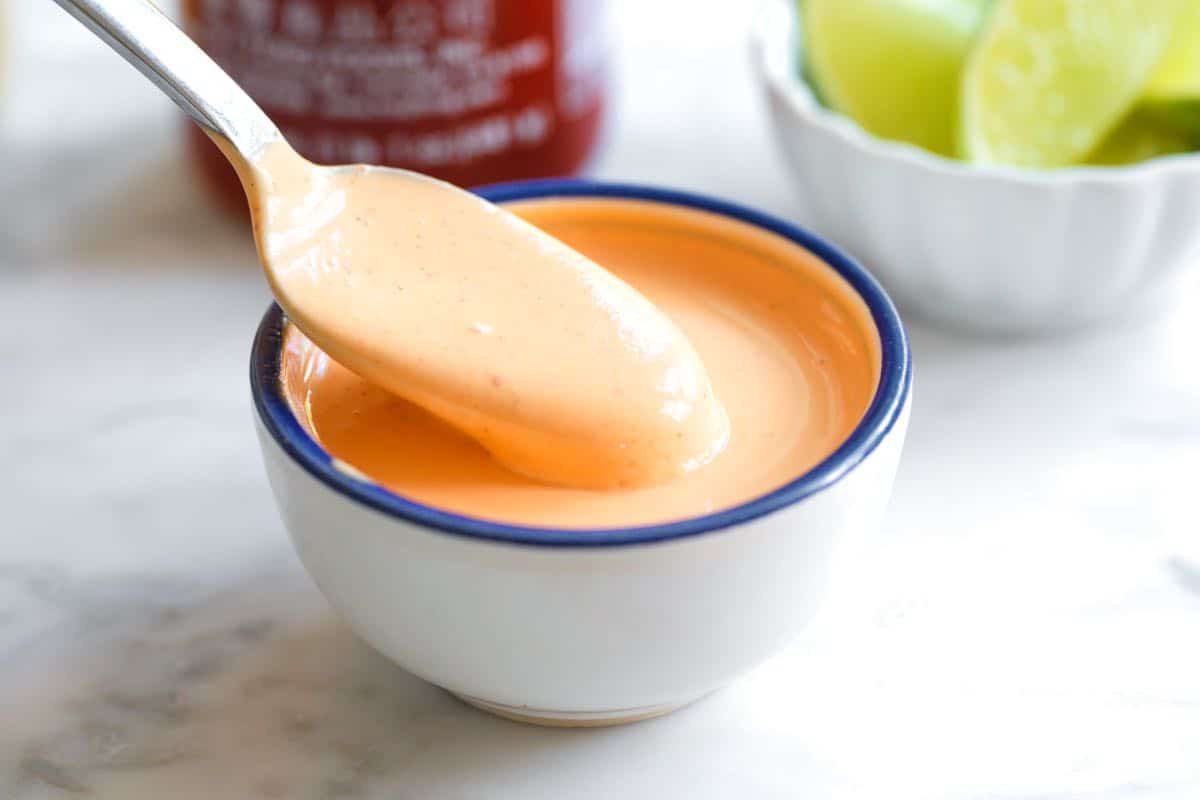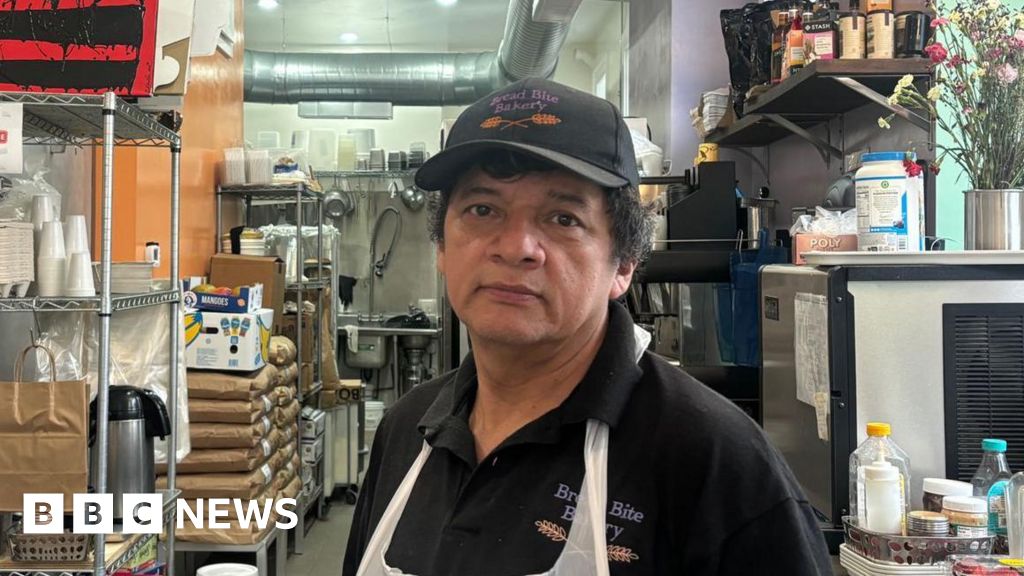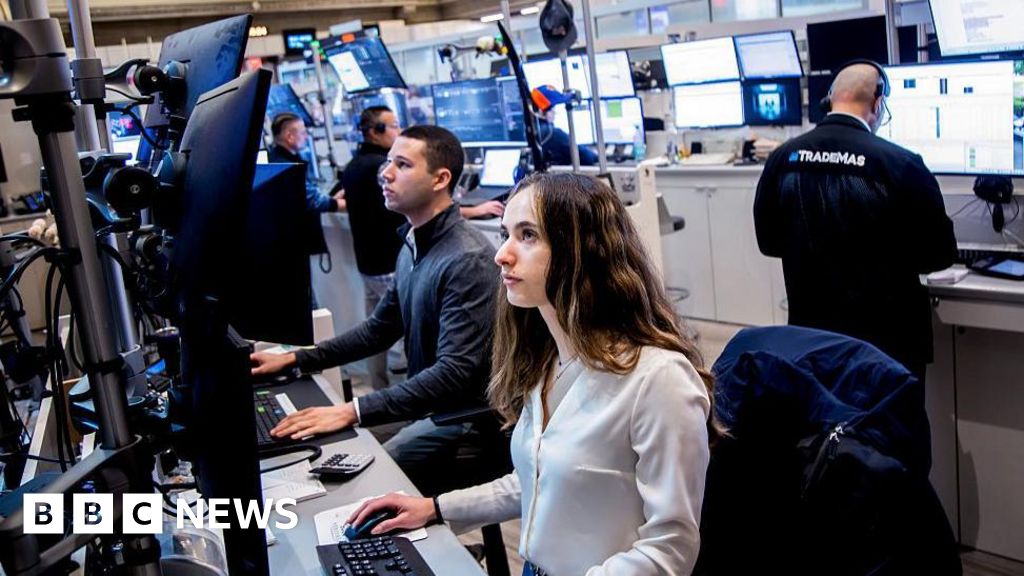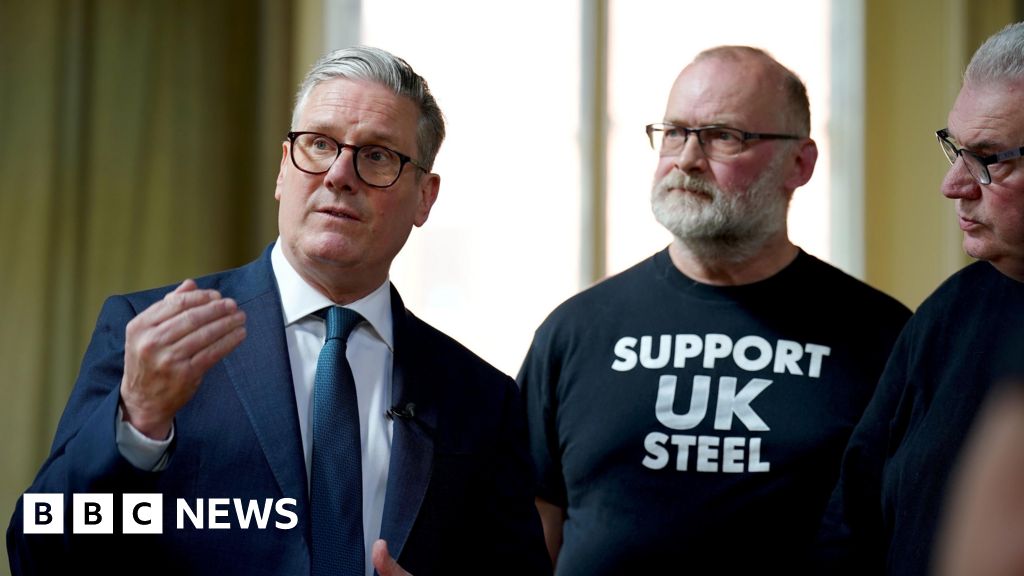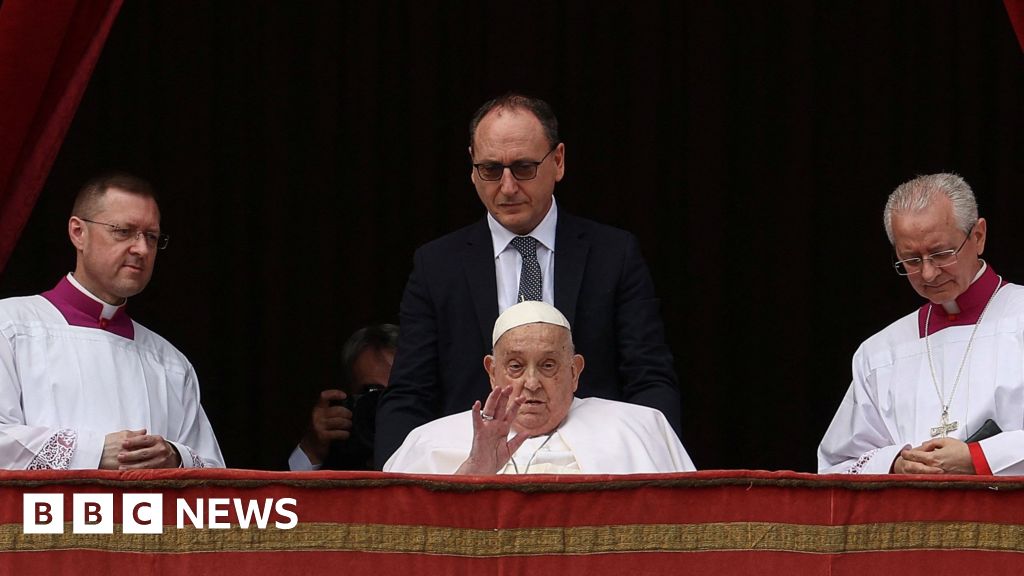How a doll turned a Mexican pharmacy into a viral sensation

Few things are as quintessential Mexico as spotting a large, lab-coat-wearing mustachioed mascot dancing in the streets. This character—dubbed Dr. Simi—is one of Mexico’s most recognizable figures. Its life-size version can be found on social media riding a bike, dancing to regional music, breaking Guinness world records, and, on occasion, fighting other mascots like Duolingo’s Duo. Customized Dr. Simi plushies have made their way onstage with the world’s most celebrated artists, including Dua Lipa, Harry Styles, and Adele, and even into the hands of the late Pope Francis.
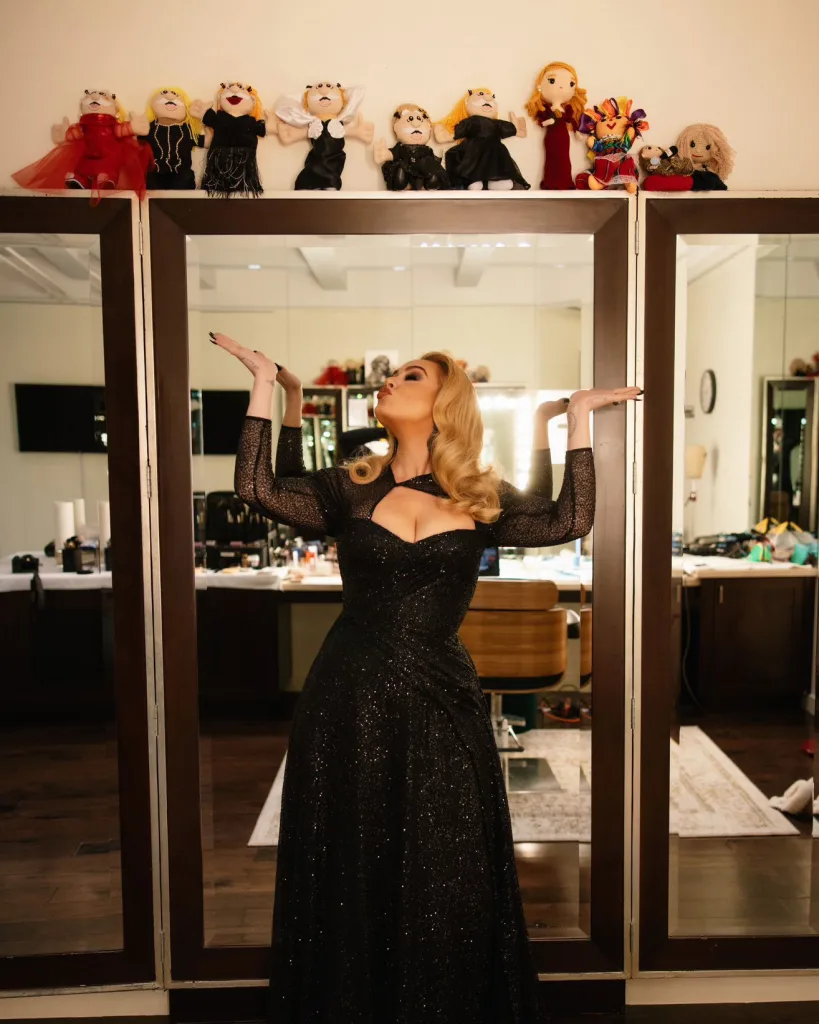
The playful, and sometimes mischievous, mascot is the face of Farmacias Similares, a chain of pharmacies that offers affordable generic medication to vulnerable communities. Representing more than 9,000 stores across Mexico, Chile, and Colombia, Dr. Simi has become the de facto mascot for much of Central and South America. And now, as Farmacias Similares expands into the United States, the company is hoping its popularity can translate to a new audience.
“When you go to a pharmacy, you are sick, or you are not feeling well,” says Víctor González Herrera, CEO of Grupo por un País Mejor, the pharmacy’s parent company. “Dr. Simi changes your mood, and that’s something that nobody else does.”
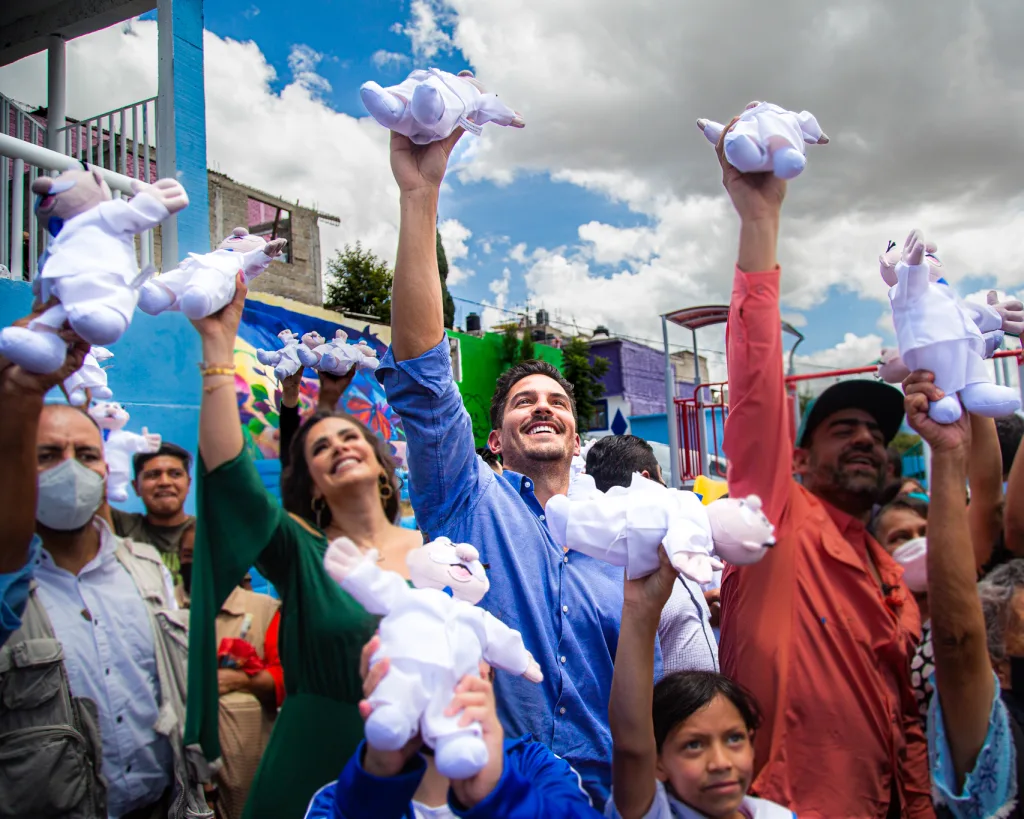
Dr. Simi goes international
Farmacias Similares was founded in 1997 by González Herrera’s father, Víctor González Torres, at a time when generic medication was not available to the public. The pharmacies also included an adjunct doctor’s office—a novelty at the time—where independent doctors could use their facilities free of charge to provide consultations for a maximum price of $3.
In March, Farmacias Similares opened its U.S. headquarters in Austin. The company plans to sell its non-pharmaceutical lines (think vitamins, supplements, and beauty supplies) through online retail stores like Amazon under the name Dr. Simi US. It’s also starting a free telemedicine initiative targeting vulnerable Latin communities in the U.S. The company is currently in negotiations with CVS for physical retail opportunities, and plans to open stores selling their product lines and merchandise in cities with high Latin populations, including New York City, Austin, and Los Angeles.
Dr. Simi is part of this international expansion. Entering the U.S. market was always on the company’s radar. “It was a dream of my dad to go to the United States,” González Herrera says. Two previous attempts fell through, but thanks to Dr. Simi’s virality, it seems the third time’s the charm. “It’s exactly the right time to go to the States because of the Dr. Simi phenomenon all over the world, and people know him, and the company became so big and so popular in general, and we have way more awareness of the brand everywhere,” he says.
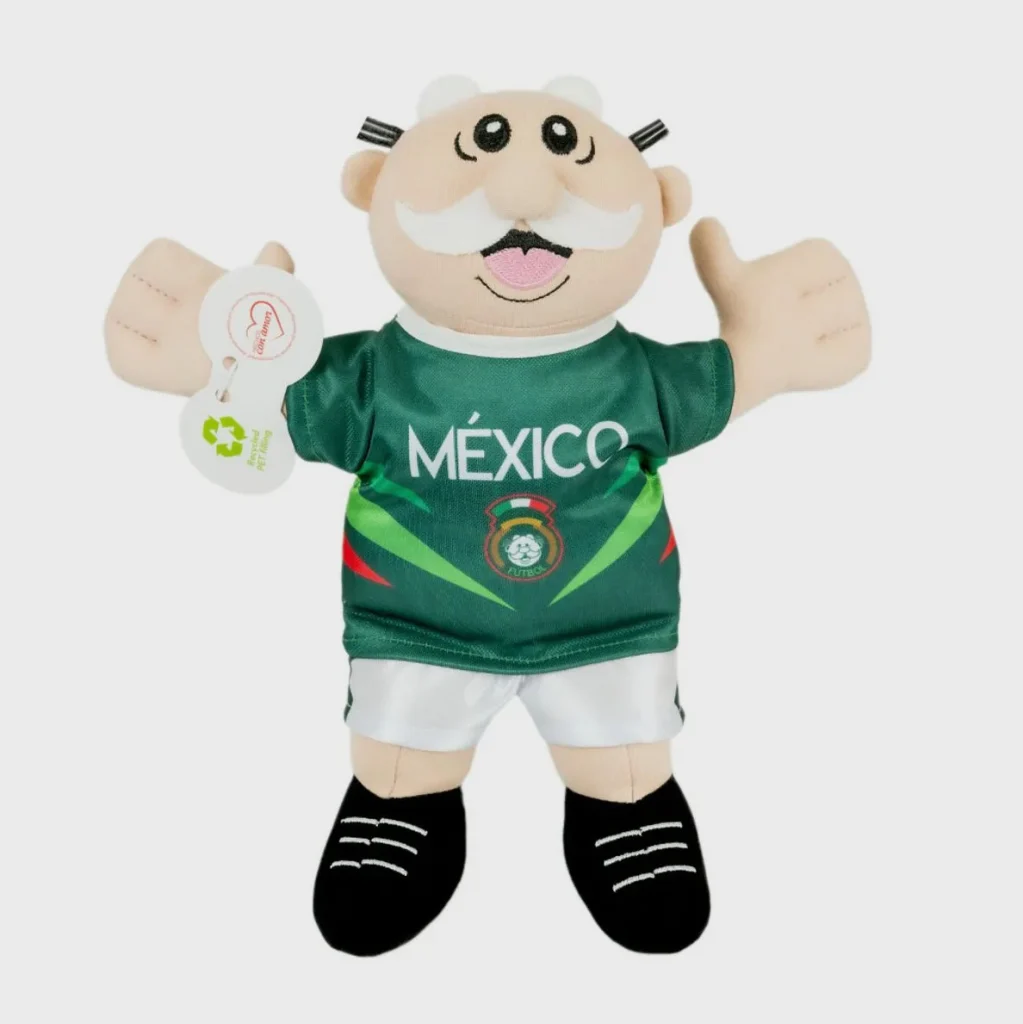
“Oh my God, is that a Simi?”
When Farmacias Similares first opened, its founder launched an illustration competition for artists to design the mascot, becoming an emblem of the pharmacy. The result: an oversize smiling doctor inspired by Mexican comedian Joaquín Pardavé, whose welcoming and silly attitude represented that of the Mexican people.
Farmacias Similares looked for alternative ways to serve its community, disrupting a traditional pharmacy model that offered only medicine. For instance, in the early 2000s, when the price of tortillas skyrocketed due to inflation, the company bought kilos of tortillas from producers at the increased price and then sold them in-store at below-market prices. Greeting customers at the door was Dr. Simi, cementing the mascot and its company’s acts of kindness into the living memory of the community.
Dr. Simi’s popularity grew organically. It started at a 2021 music festival in Mexico City during Norwegian singer Aurora’s concert. A fan threw a plushie version of the mascot onstage that had been customized to look like the artist. This custom quickly became the norm for Mexican audiences.
Adele has a collection of hundreds of Simi dolls, and was spotted during her Las Vegas residency running toward a fan saying “Oh my God, is that a Simi? Give me that Simi.” Harry Styles held up two Simi dolls dressed like him as he danced during his Mexico concert.
The plushies are manufactured in Puebla, an east-central state in Mexico, in a factory that employs individuals with disabilities. According to Bloomberg, the company sells an average of 100,000 plushies per month and donates the proceeds to charity.
“We had to seize the moment,” says Diego Bravo, the company’s director of commercial strategy, whose office is full of Dr. Simi plushies, including one sitting in a Buddha pose. Teams ranging from marketing to production gathered to share ideas for capitalizing on the moment while keeping it alive beyond the trend cycle.
Farmacias Similares deployed “Fabricas de Alegria,” small stands at music festivals for concertgoers to customize their plushies, Build-a-Bear style. This activation was also present at the company’s stand during SXSW.
Additionally, the pharmacy has partnered with Mexican brands and Disney to offer plushies dressed like a Star Wars Jedi, El Chapulín Colorado, and El Chavo del Ocho.
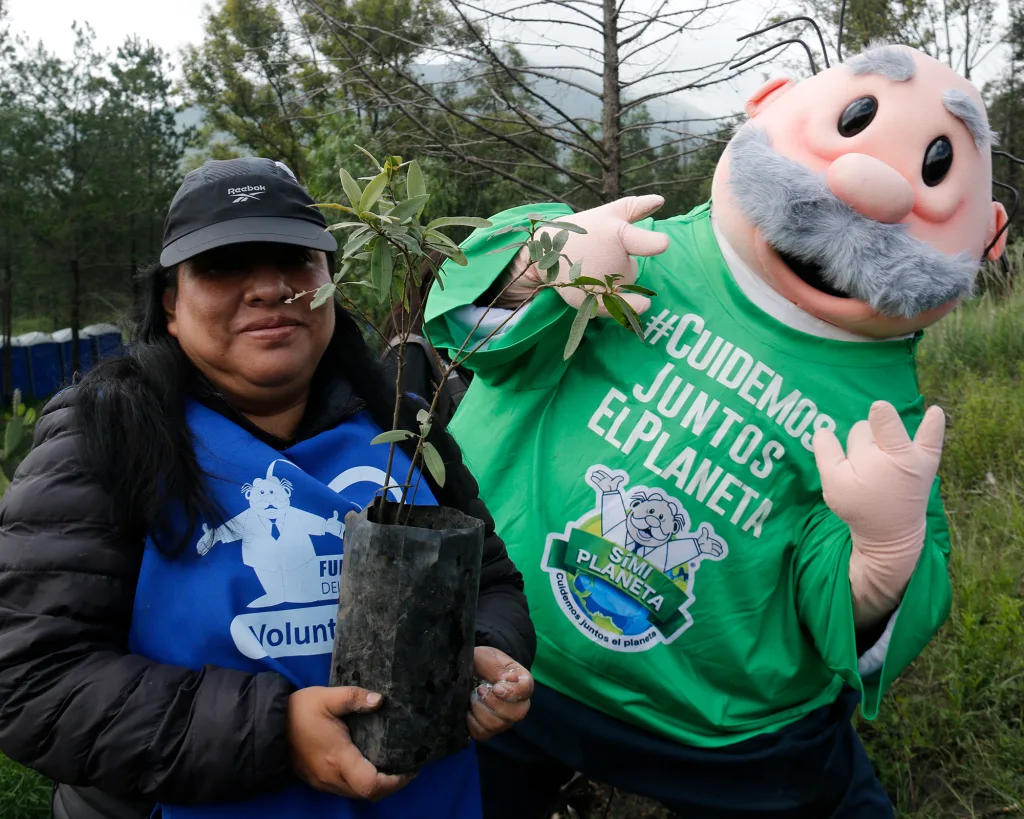
Creating a lovemark is more than virality
Transforming a corporate mascot into a recognizable and beloved icon takes time. “Creating a lovemark is not something that happens overnight,” Bravo says. “It is a series of actions a brand makes to generate a connection between the community and the brand.”
Once the mascot went viral, Farmacias Similares deployed various publicity stunts, all aiming to bring visibility to the brand and its social service endeavors.
When driving near Ecatepec, a mountainous neighborhood in Mexico City, the face of Dr. Simi is plastered on the horizon, with the houses painted different colors like a mosaic to make up the mascot’s face. Named Colonia Simi, the project received mass media attention, but it went beyond just painting houses. The project remodeled a community center, established solar panels for renewable energy, and planted trees across the neighborhood.
The company also created a new storefront called Similandia, an interactive experiential space where merchandise is sold and free arcades and VR experiences teach consumers about Dr. Simi’s philanthropic projects, like Simiplaneta, an environmental protection initiative. A Similandia store is expected to open in Los Angeles later this year.
In 2024 the company launched its first flagship event, Simifest, a music festival in Mexico City where artists Anderson .Paak, the Free Nationals, and others performed alongside a giant astronaut Dr. Simi statue onstage. Interactive engagement included a mascot dance competition.
Since expanding from just a pharmacy, ideas for projects come from all over the company, including the CEO himself, Bravo says. The company’s philanthropic endeavors have not only cemented its spot in the social fabric of Mexico and the Latin community but also earned parent company Grupo por un País a Nobel Peace Prize nomination.
“What sets us apart in Mexico, Chile, Colombia, or now in the U.S., is that we create experiences and a connection with our audience,” Bravo says.
González Herrera adds: “It’s very easy for Dr. Simi to attract attention, and when people go investigate through social media . . . they’re going to realize how powerful the brand is. That’s the secret.”
What's Your Reaction?
 Like
0
Like
0
 Dislike
0
Dislike
0
 Love
0
Love
0
 Funny
0
Funny
0
 Angry
0
Angry
0
 Sad
0
Sad
0
 Wow
0
Wow
0
